The Harami Cross Pattern
Discover the Harami Cross Candlestick Pattern: its definition, types, trading strategies, and pros and cons. Improve your trading by understanding this key reversal pattern.
The Harami Cross Candlestick Pattern is a powerful indicator in technical analysis, known for its ability to signal potential trend reversals in the market. Characterized by a small Doji candle within the body of a larger candle, this pattern provides traders with crucial insights into market indecision. In this article, we will explore what the Harami Cross Candlestick Pattern is, the different types, how to trade it, and its advantages and disadvantages.
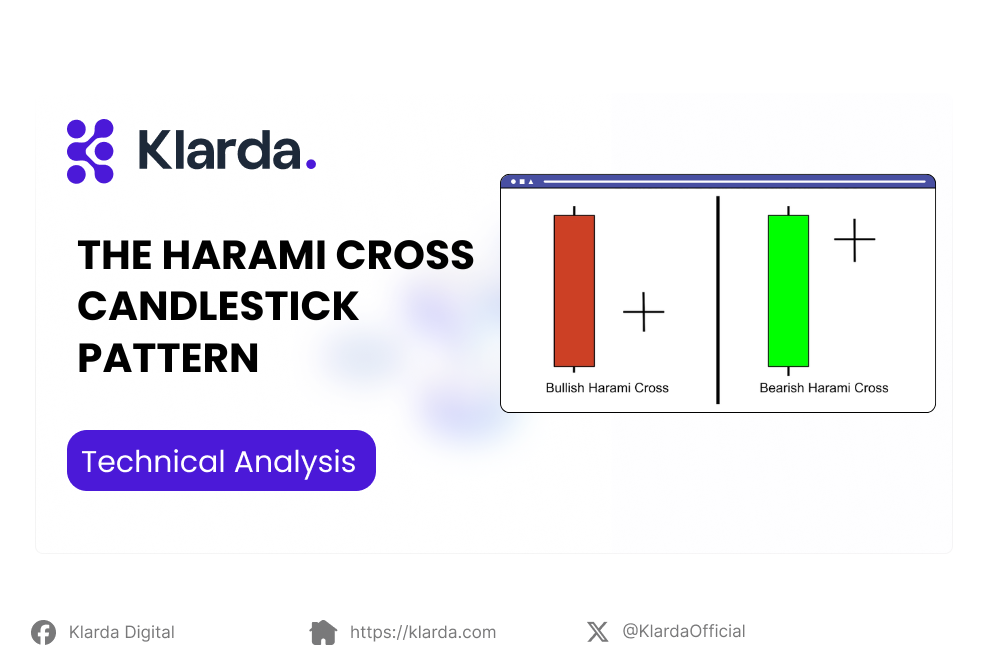
KEY TAKEAWAYS
- The Harami Cross Candlestick Pattern is a reversal pattern that signals market indecision.
- It features a Doji candle within the body of a previous larger candle, indicating potential trend changes.
- Trading the Harami Cross involves recognizing the pattern and confirming it with other indicators for accuracy.
- Pros: Clear signals of potential reversals, useful in various market conditions.
- Cons: Requires confirmation with additional analysis to ensure reliability.
WHAT IS THE HARAMI CROSS CANDLESTICK PATTERN ?
The Harami Cross is a Japanese candlestick pattern that consists of a large candlestick moving in the direction of the trend, followed by a small Doji candle. The Doji is completely contained within the body of the previous candle. The Harami Cross pattern indicates that the prior trend may be reversing. This pattern can be either bullish or bearish. A bullish Harami Cross signals a potential reversal from a downtrend to an uptrend, while a bearish Harami Cross suggests a possible reversal from an uptrend to a downtrend.
Key Points
- The Bullish Harami Cross is a large bearish candle followed by a Doji. It occurs within a downtrend.
- The Bullish Harami Cross is confirmed when the price moves higher following the pattern.
- The Bearish Harami Cross is a large bullish candle followed by a Doji. It occurs within an uptrend.
- The Bearish Harami Cross is confirmed when the price moves lower following the pattern.
TYPES OF THE HARAMI CROSS CANDLESTICK PATTERN
The Harami Cross Candlestick Pattern comes in two main variations, each indicating a potential reversal in the market. These variations are the Bullish Harami Cross and the Bearish Harami Cross.
Bullish Harami Cross
The Bullish Harami Cross occurs during a downtrend and is characterized by a large bearish candle followed by a Doji candle. The Doji's body is completely contained within the body of the previous bearish candle, indicating market indecision. This pattern suggests that the downward momentum may be weakening, and a reversal to an uptrend could be imminent. Confirmation of the Bullish Harami Cross typically occurs when the price moves higher after the pattern appears.
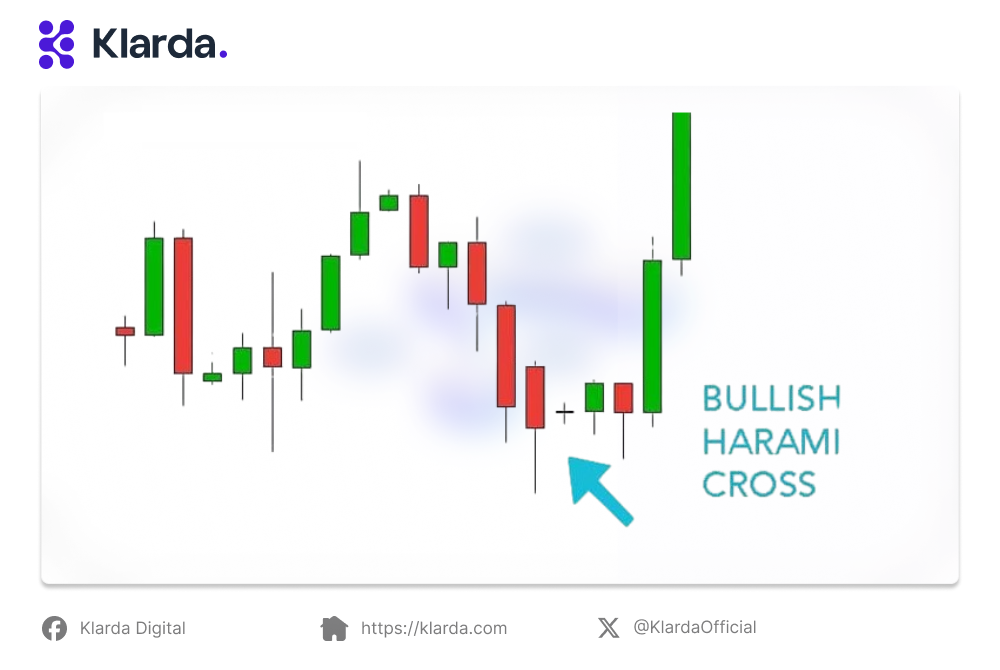
Bearish Harami Cross
The Bearish Harami Cross forms during an uptrend and features a large bullish candle followed by a Doji candle. Similar to the Bullish Harami Cross, the Doji is entirely within the body of the preceding bullish candle. This pattern signals that the upward trend might be losing steam, and a reversal to a downtrend could be approaching. The Bearish Harami Cross is generally confirmed when the price moves lower after the pattern forms.
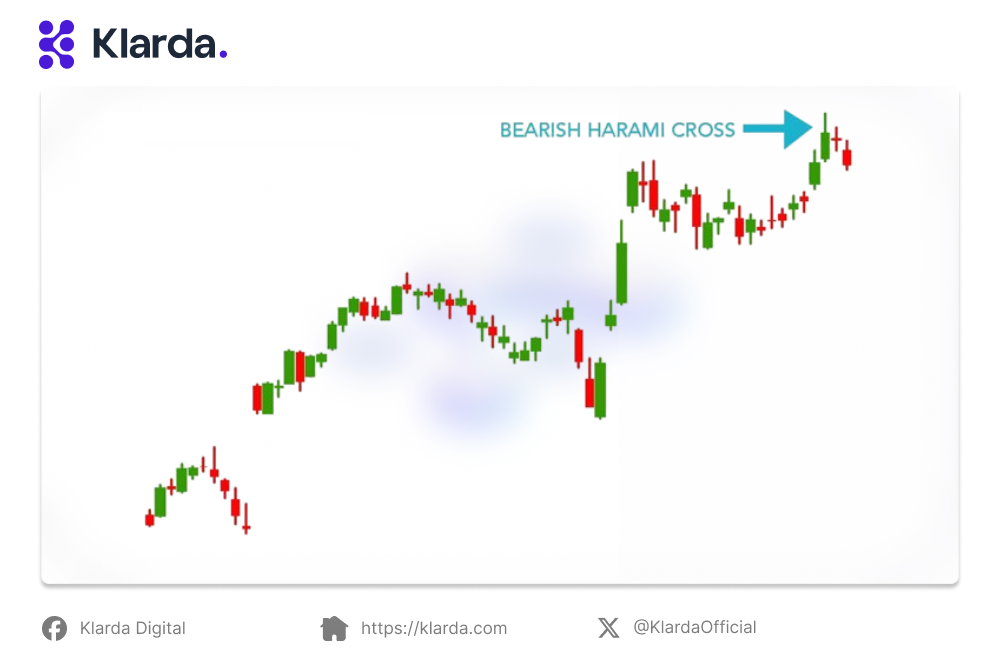
Understanding these two types of Harami Cross patterns can help traders identify potential market reversals and make informed trading decisions.
TRADING THE HARAMI CROSS PATTERN
Trading the Harami Cross pattern is optional. Some traders use it as a signal to prepare for a potential reversal. If in a trade, a trader might exit a position if a Bearish Harami Cross appears and the price starts to decline, or exit a short position if a Bullish Harami Cross appears and the price begins to rise.
For new entries, a stop-loss for a buy trade can be placed below the Doji’s low or the first candle’s low, with entry above the first candle's high. For a sell trade, the stop-loss can be set above the Doji’s high or the first candle’s high, with entry below the first candle's open.
Since the Harami Cross doesn’t provide profit targets, traders should use other methods like trailing stops or risk/reward ratios to determine exits.
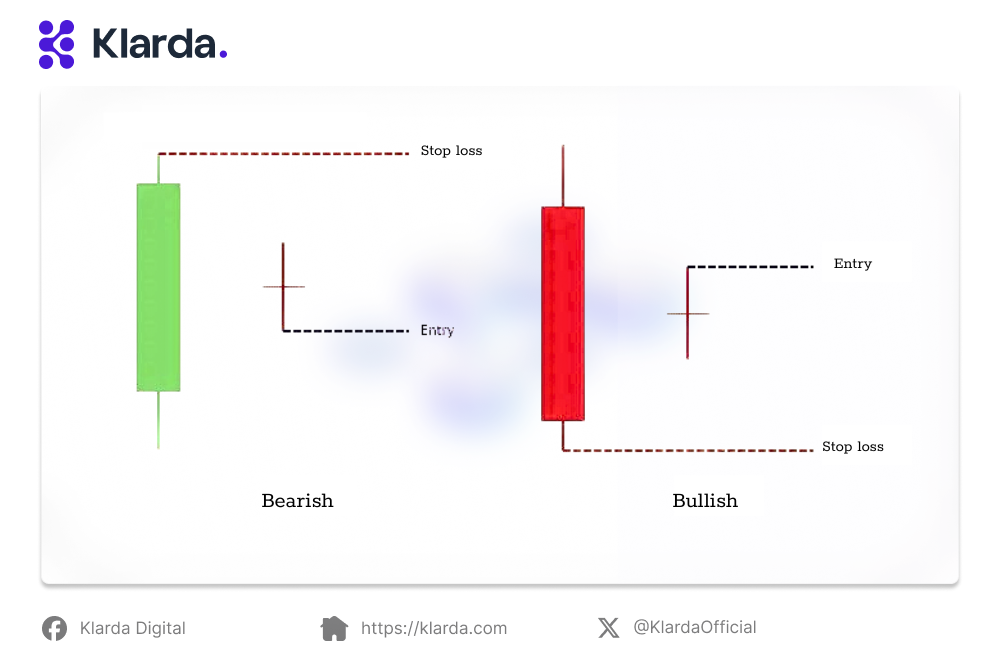
PROS AND CONS OF THE HARAMI CANDLESTICK PATTERN?
Pros:
- Simplicity: The Harami pattern is easy to identify, making it accessible for beginners. Its straightforward formation helps traders quickly recognize potential trend reversals.
- Versatility: The pattern can signal both bullish and bearish reversals, providing valuable insights in various market conditions.
- Early Warning: The Harami pattern often serves as an early indicator of a potential trend change, allowing traders to make informed decisions before major market moves.
Cons:
- Weak Signals: On its own, the Harami pattern’s signals can be unreliable. It often requires confirmation from other indicators or patterns to ensure a stronger signal.
- Limited in Short-Term Trading: The Harami pattern is less effective for short-term or intraday trading, as its signals may not be strong enough to predict quick market movements.
- Requires Additional Analysis: To improve accuracy, the Harami pattern should be used alongside other technical tools, such as trend lines, moving averages, or volume analysis.
Klarda App is your go-to solution for mastering complex candlestick patterns like the Harami Cross. With its intuitive interface and advanced analytical tools, Klarda helps you easily identify and trade the Harami Cross Candlestick Pattern. Whether you're a novice or an experienced trader, Klarda App provides the insights and resources you need to make informed trading decisions, leveraging the power of technical analysis for better market outcomes.
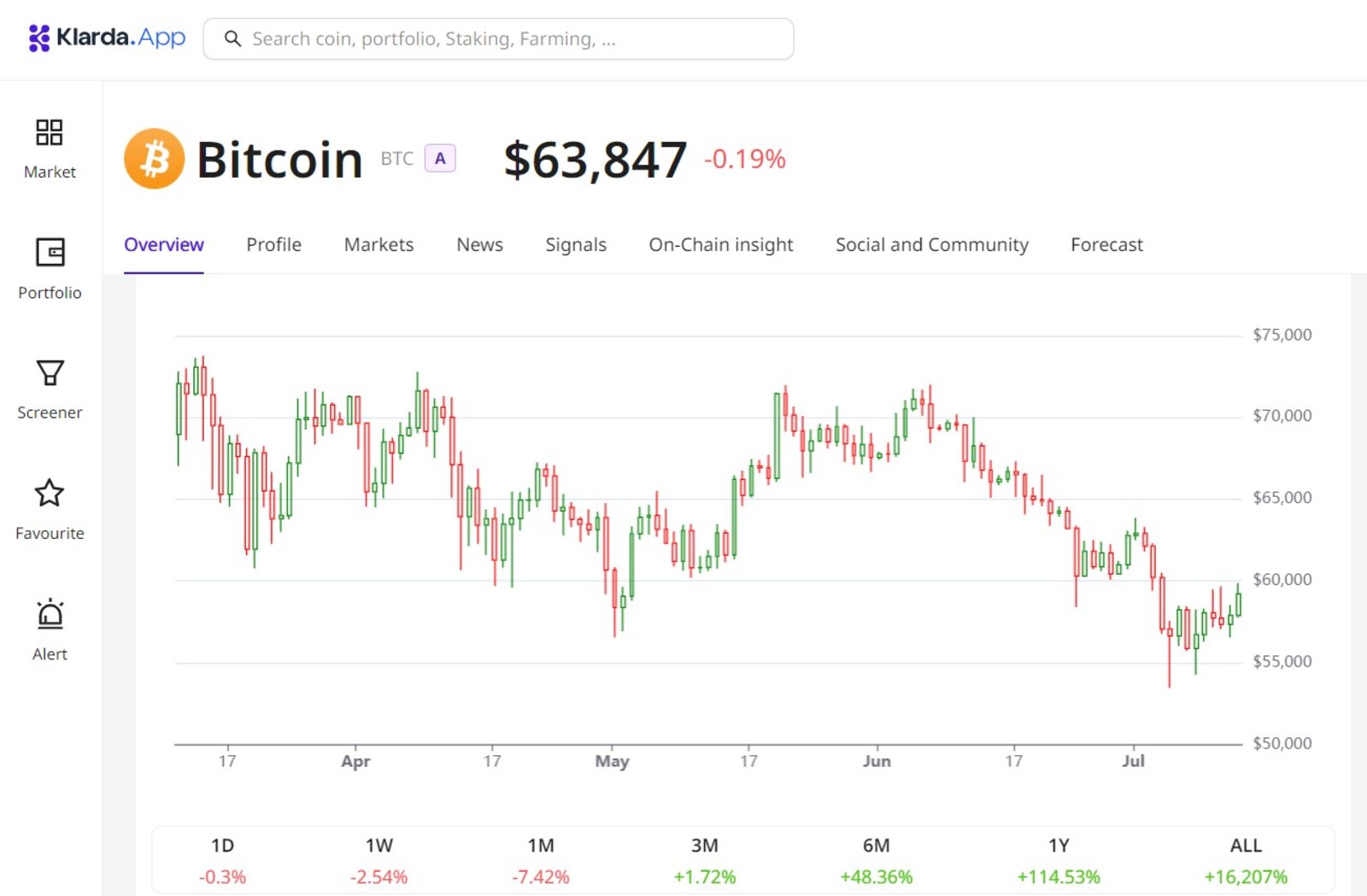
The Klarda App has two versions: a web browser version and a mobile app version.
- Web browser version: https://klarda.com/
- Mobile app version for iOS: https://apps.apple.com/ua/app/klarda-crypto-and-portfolio/id6471593752
- Mobile app version for Android: https://play.google.com/store/apps/details?id=com.klarda.app
Note: Both versions have the above features.
Mastering the Harami Cross Candlestick Pattern can be a valuable addition to your trading strategy, helping you identify key market turning points. While the pattern offers clear signals of potential reversals, it's essential to confirm these signals with other indicators for more reliable trading decisions. Combining technical knowledge with experience will enhance your ability to capitalize on this pattern's signals.
Updated 7 months ago